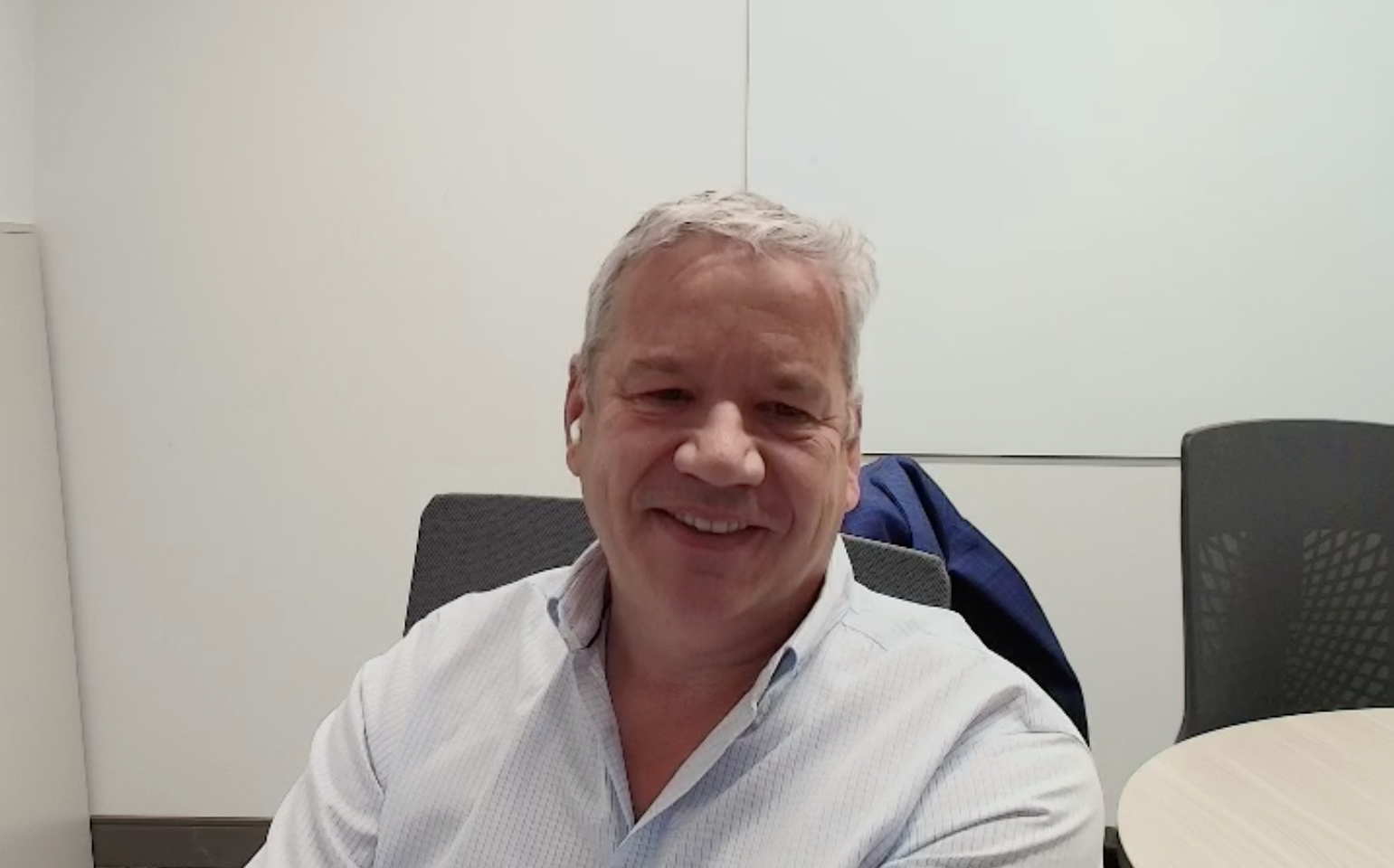Engagement, enrichment – are we talking about marriage here? Well, kind of. Not all that many people are in love with their job nowadays. To build a better relationship between workers and employers, HR professionals have countless tools at their disposal. And job enrichment is actually one of the oldest matchmaking devices in business.
What Is Job Enrichment?
Job enrichment is a relatively long-term effort that is meant to create interest and motivation in work by providing a variety of experiences. Included in job enrichment are activities such as:
- Job rotation
- Job shadowing
- Teamwork
- Self-management
- Customer relations
- Workshops and feedback
- Learning and development programs
For HR practitioners, job enrichment is mostly about one of today’s most crucial workplace topics – engagement. In non-HR-speak, the goal of a job enrichment program is to make work less boring. When job enrichment succeeds, employees end up being more interested in their work, and more capable of high productivity as well, due to the skills and experience that they pick up along the way.
The Theory of Job Enrichment
Over 100 years ago, the idea of skills management was only being born, but it was already understood that job enrichment can support productivity. The problem was that the definition of job enrichment at that time literally meant more money.
In the late 1800s, Frederick Taylor created the concept of “scientific management.” He believed that, by methodically studying work habits, performance could be improved. One thing that he noticed was termed “soldiering,” in which workers behaved like draftee troops – they “marched,” or worked, at the rate of the slowest member of the group. Taylor thought that, by tying productivity to pay, employees would try harder to make more products.
Fast forward to 1959, when Frederick Herzberg (apparently, it’s all Fredericks out there in the work analysis world) expanded on Taylor’s ideas. Herzberg explained that there are two factors involved in motivation – those that provide satisfaction, and those that lead to dissatisfaction. For instance, you can have a job that pays well, but if your boss treats you like garbage, then you will leave. Herzberg was one of the first to understand how job enrichment could improve employee satisfaction levels. Herzberg’s efforts were highly influential to the job characteristics model, created by Hackman and Oldham in 1980. This model forms the basis for many job enrichment programs because it serves as a checklist for the different experiences that can lead to engagement.
Job Enrichment vs. Job Enlargement
One common assumption when approaching job enrichment is that simply giving employees a greater variety of tasks could lead to more engagement. This is the idea of job enlargement when a worker simply gets more types of work to do. Job enlargement could involve getting a graphic designer to also write text for a blog, or letting a production worker also take part in shipping.
The problem with job enlargement is that it needs to consider other factors that appear in the job characteristics model. Job enrichment must involve concepts like autonomy, understanding how a task is important to the whole operation, and so on. Job enlargement is part of job enrichment, but enrichment includes a much wider range of activities.
Why Is Job Enrichment Important?
There are two main reasons why job enrichment is necessary:
Skills mismatch. Here, we mean “skills” in a wide sense. To be as engaged as possible, employees need to like the work that they are doing and have the technical ability for it as well. Somebody may dream of being a professional musician, but if they are tone-deaf, well, good luck with that. It is estimated that 36% of employees have roles that do not match their skills. Job enrichment gives them an understanding of different jobs that they could do and an opportunity to try them out.
Varying priorities. Different people work for different reasons. Compensation is an important one. But major motivational factors also include a job that is interesting, learning and growth opportunities, and autonomy – all of which are goals of a job enrichment program. According to a Bain/Dynata survey, 30% of employees state that these factors are their most important motivation. With job enrichment, such workers can find the inspiration that they are looking for and enhance their engagement.
How to Manage a Job Enrichment Program
Job enrichment is a long-term deal. Allowing employees to receive the full range of experiences is only part of it. In the background, HR is coordinating opportunities and finding the best times for employees to work and learn. Like many training initiatives, job enrichment can take the employee away from regular duties, so replacing those lost hours also needs to happen. Many job enrichment programs take at least a year, so expect some serious planning to go into them.
Do Your Diagnostics
It’s been said before – there’s no use running any type of L&D initiative without numbers. So the first step for HR in organizing job enrichment is to distribute a job diagnostic survey (JDS). The JDS is a common tool for many types of companies to check if existing jobs might be redesigned to improve motivation, satisfaction, and productivity, and then to assess the results. By the way, one of the original forms of JDS was created by Hackman and Oldham.
Essentially, a JDS grades the following job features:
- Skill variety
- Task identity
- Task significance
- Autonomy
- Feedback
When a job gets a particularly low score, it should be made a priority for a job enrichment initiative.
Provide Skills Training
Much of the value of job enrichment comes from the experience itself. But preparation for those experiences can also be helpful, especially if the employee is trying out a position that requires new skills. This is particularly important when the “autonomy” and “teamwork” aspects of the initiative take place. Ideal courses in this respect are those related to self-management, leadership, and teamwork.
Combine Tasks
This is similar to a job rotation program, but with a wider scope. In this phase, HR and/or managers group the tasks of one process and let employees participate in the whole thing. For example, somebody in sales could be responsible for shipping units from the factory to the retail store; selling those units; and then following up on any customer service issues.
Two crucial concepts should be learned during this phase:
Autonomy. When possible, the employee should work alone and make decisions about how they want to handle their responsibilities. In the above example, the salesperson might recommend reducing inventory expenses by manufacturing fewer units, based on their observation that inventory at the store is too high. In general, job enrichment should inspire creativity, independence, and an understanding of the challenges that managers face.
Identity and Significance. The greater range of responsibilities should show the employee how these tasks are part of a whole series of efforts across the organization (identity) and why they are essential (significance). The point here is to demonstrate how their work makes lots of other things possible.
Engage in Teamwork
Now, turn “autonomy” around, and get your job enrichment people to work in teams. Whereas self-reliance and creativity were important before, now it’s collective genius and cooperation that count. But the emphasis is still on variety, identity, and significance. There is a wide selection of objectives that can be used to define the purpose of the group, including:
- Project focus: have the group work on a specific product or company function
- Employee suggestion program: let the group analyze various organizational activities and provide suggestions for improvement
- Quality circles: arrange regular meetings for participants to discuss problem-solving, productivity improvements and management advising
Enable Feedback
You started with a JDS, so now end with one. Hopefully, there will be an improvement. If not, you’ll need to interview stakeholders, particularly employees, to find out where the effort is going wrong.
Don’t forget that job enrichment is an initiative that takes a while to complete, but it should also provide long-term benefits. You might consider including JDS-like questions in pulse surveys, annual reviews, and casual conversations with employees.
Examples of Job Enrichment
Considering that the modern idea of job enrichment has been around since the 1980s, it’s to be expected that it is the main tool for lots of corporations. As the below examples will show, that is indeed the case. Here are only a few of the ways in which world-class companies are creating all-around benefits.
AT&T
This telecommunications company holds frequent performance appraisals, monthly feedback sessions, and an official career development review at least once per year. AT&T provides a continuous learning initiative and adjusts its L&D program according to experience levels, including new hires, long-term employees, and managers. AT&T delivers continuous training for current roles and skills transformation training for future roles. All employees have access to internal job-based and leadership development training. It’s interesting to note that AT&T employees are well-aware of the skills economy – in 2021, almost 58% of AT&T management employees took part in skilling programs.
Texas Instruments
Texas Instruments (TI) is a semiconductor company that uses job enrichment to cover both sides of its operations – manufacturing and sales. TI offers the Field Applications & Sales Training rotation program which prepares team members to acquire both technical skills and business perspectives. The year-long experience is composed of two phases. In the first phase, participants are trained in working directly with customers. The emphasis here is on understanding customer needs, sales techniques, and customer service principles. The second phase is technically-oriented and allows employees to gain an understanding of how various TI components co-function and form systems, and how these systems enable customer designs.
IBM
Coincidentally, IBM has been around for about as long as scientific management theory. The company was founded in 1911 and has invested in both concepts and practices related to job enrichment. IBM has a comprehensive and free online training portal. The company backs up the skills that can be learned through the portal with its Basic Blue program. Basic Blue focuses on role-playing, emotional intelligence, and coaching skills. Then, for hands-on experience, IBM’s Blue Opportunities delivers job rotation positions to IBM employees all over the world.
Build the Skills for Job Enrichment with GrowthSpace
No successful enrichment program can ignore the fast-changing skills that are needed for any organizational role. By integrating job enrichment programs with GrowthSpace’s talent development platform, organizations of any size can provide both the tools and the experience that maximize engagement and productivity.




